Duration
1 Day Trip
Tour Type
Private
Transportation
Bus
Description
Trip to Luxor and Aswan from Marsa Alam Embark on a Luxor and Aswan from Marsa Alam and dive into Egypt’s breathtaking history. Explore iconic landmarks like the Valley of the Kings, Hatshepsut Temple, Colossi of Memnon, Karnak Temple, the High Dam, the Unfinished Obelisk, and Philae Temple. This two-day adventure offers an unforgettable journey through ancient wonders and scenic Nile views.
Why Choose This Trip to Luxor and Aswan from Marsa Alam?
- Perfect for Families & Solo Travelers: A well-paced itinerary covering Luxor and Aswan’s highlights.
- Expert Guides: Learn about Egypt’s fascinating history from knowledgeable guides.
- All-Inclusive Comfort: Hassle-free pickups, transfers, and sightseeing.
Luxor and Aswan Tour Itinerary
Day 1: Luxor’s Ancient Treasures
Depart Marsa Alam early and head to Luxor. Visit:
- Valley of the Kings: Tomb of Tutankhamun and other pharaohs.
- Hatshepsut Temple: A masterpiece of ancient architecture.
- Colossi of Memnon: Giant statues guarding Thebes.
Day 2: Aswan’s Wonders
Drive to Aswan and discover:
- High Dam & Unfinished Obelisk: Engineering marvels of ancient and modern Egypt.
- Philae Temple: A stunning island temple dedicated to Isis.
Trip Details
- Duration: 2 Days
- Price: $390 (Budget-friendly options available)
- Departure: Daily from Marsa Alam hotels
What’s Included in Your Luxor and Aswan from Marsa Alam
- Hotel pickup and drop-off in Marsa Alam
- Transport by private air-conditioned vehicle
- Meals (lunch)
- Bottled water throughout your trip
- All sightseeing tours mentioned in the itinerary
- All Entrance fees
- Train Tickets From Luxor To Aswan
- Beverages including mineral water and tea
- A professional Egyptologist Guide
- Night accommodation at hotel in Aswan(BB)
- Lunch at a local restaurant with tasty food in Luxor
- Visiting Valley of the kings
- Visiting the temple of Hatchepsut
- Visiting the Colossi of Memnon
- Visiting Karnak temple
- Visiting Philae Temple
- Visiting The High Dam
- Visiting The Unfinished Obelisk
- All taxes and service charges
What’s Not Included
- Gratuities
- Any personal Expenses
Pricing & Child Policy
Trip to Luxor and Aswan from Marsa Alam Prices are in USD per person (excluding peak seasons like Christmas and Easter).
- 0 – 1.99 yrs: Free
- 2 – 5.99 yrs: 25% of adult price
- 6 – 11.99 yrs: 50% of adult price
- 12+ yrs: Full price
Note: Children sharing a room with parents (max 2 per room) enjoy discounted rates.
Why You’ll Love This Trip to Luxor and Aswan from Marsa Alam
This tour blends history, adventure, and relaxation. Walk in the footsteps of pharaohs, cruise the Nile, and capture stunning photos. Whether you’re a history buff or a curious traveler, this journey will leave you amazed!
Book your Trip to Luxor and Aswan from Marsa Alam today and create lifelong memories!
Tour Plan
At 05:00 AM our representative will pick you up from your hotel in Marsa Alam by air-conditioned modern van to Aswan, approximately 04:00 hours far from Marsa Alam. Then proceed to Luxor to start your unforgettable 2 days Luxor & Aswan trip from Marsa Alam with a private A.C. car.
Valley of The Kings
Valley of the Kings is just like a story you hear before sleeping but in actual life. You’ll be face to face with the tombs of the great ancient pharaohs of Egypt.
Valley of the Kings is one of the most amazing tombs from the ancient civilization which is also called “The Valley of the Gates of the Kings“. The ancient Egyptians used to build hidden underground mausoleums to hide their treasures and their precious items.
The main use of Valley of the Kings was for burials mainly from 1539 BC to 1075 BC. The valley contains about 63 tombs of different rulers, pharaohs, and queens of the old kingdom of Egypt starting from Thutmose I and ends with Ramses XI. The main kings and rulers of the eighteenth were the only ones who were allowed to be buried in the valley. Others out of the royal family were buried in small rock chambers close to the tomb of their master.
The tombs inside the valley of the kings were decorated by the workers of the village of Deir el-Medina, who came from different routes over the Theban hills. Many tombs have graffiti from the ancient tourists as the site attracted tourists from the last two centuries. There were also many expeditions by the Napoleon expedition to Egypt and the European exploration to draw maps to the tombs inside the valley till around the beginning of the 20th century when the team of the American explorer Theodore M. Davis discovered many Royal and non-Royal tombs in the valley. In 2001, new signs of the tombs were designed by Theban Mapping Project to provide new information about the open tomb
Temple of Hatshepsut
Visiting The Temple of Hatshepsut
Hatshepsut Temple was built by Queen Hatshepsut during the 18th dynasty in the new kingdom on the west bank of the Nile under the cliffs of “Deir El-Bahari“
Hatshepsut temple is an ancient example of pure visual architecture and there is simply nothing that can match the beauty and elegance of the Hatshepsut temple. It is able to reach the highest level of perfection and is one of Egypt’s incomparable monuments.
Hatshepsut temple was built by Queen Hatshepsut during the 18th dynasty in the new kingdom on the west bank of the Nile under the cliffs of “Deir El-Bahari”. Its purpose was to become the mortuary temple of Hatshepsut and was known as Djoser-Djeseru (Holy of Holies). The temple was the neighbor of the Mortuary Temple of Mentuhotep II which was used as a primary model. It was dedicated to the god Amun and Hatshepsut herself who was successful in immortalizing her name through the ages
Colossi of Memnon
Visiting The Colossi of Memnon
They are called Colossi of Memnon. They are two amazing statues that depict the true meaning of strength and power.
The two massive stone statues of Pharaoh Amenhotep III who ruled Egypt during the 18th dynasty are called “Colossi of Memnon”. They are located in the west of Luxor and directly face the Nile River. They are 18 meters high & each one of them weighs more than 720 tons and they depict the seated king on his throne with some imagery of his mother, his wife, the god Hapy, and other symbol engraved upon the statues.
The Two statues of Amenhotep III are known to the locals as Es-Salamat or El-Colossat.
They were erected in 1350 BC in the Theban Necropolis along the Nile River near Aswan.
Colossi of Memnon were carved out of the quartzite sandstone from El Gabal El-Ahmar.
They were built as guards to a Theban temple when he was considered as a living god on earth.
There is a legend closely associated with the statues which is that a moaning sound can be heard when the sun’s rays hit them in an early morning, which was thought to be the sound of King calling his mother. That sound is believed to have disappeared when the Romans attempted to repair the pieces.
Visiting The Temple of Karnak
Karnak Temples actually contain three impressive and it is considered the largest temple ever. It is the temples city that was built over 2000 years and was dedicated to Amun, Mut, and Khonsu.
Karnak Temple was known as Ipet-Isu by the ancient Egyptians which means “The Most Select of Places“. It is the temple city that was built over 2000 years and was dedicated to Amun, Mut, and Khonsu. Some uneducated ancient Egyptians considered this temple, the place of gods. It contains a vast mix of decayed temples, chapels, pylons, and other buildings inside. Most buildings there date back to the new kingdom of Egypt. The area around Karnak was the main place of worship during the eighteenth dynasty Theban Triad. It is located in the village of El-Karnak, which is 2.5 kilometers (1.6 miles) north of Luxor. It was developed and used between the middle kingdom of Egypt (2080-1640 B.C.) and the early Christian period.
The history of Karnak Temple is related to the history of Thebes, which didn’t gain much significance before the eleventh dynasty. The previous temple that was constructed as a small one dedicated to “The Earth Goddess” Mut and Montu. This temple was destroyed by the invaders and another small temple was constructed with eight-sided columns, which mentions Amun-Re, who was the local tutelary deity of Thebes.
Luxor to Aswan
You’ll be transported to Aswan by a first-class train in order to spend a great night at a 5* hotel.
In the morning, you’ll have your breakfast at your hotel then you’ll check out. You’ll find your tour guide waiting for you to continue the second part of your Luxor and Aswan trips from Marsa Alam though visiting the spectacular attractions in Aswan .
Aswan Excursions
The high dam in Aswan is one of the most important achievements in Egypt during the last century, it’s considered the fourth pyramid of Egypt, Aswan High Dam is a rock-fill dam located at the northern border between Egypt and Sudan. The dam is fed by the River Nile and the reservoir forms Lake Nasser, which was completed in 1968. It was officially inaugurated in 1971. In the era of X president Gamal Abdel Nasser
Specifications and constructions:
The Aswan High Dam is 4,000 meters (13,000 ft) long, 980 m (3,220 ft) wide at the base, 40 m (130 ft) wide at the crest, and 111 m (364 ft) tall. It contains 43,000,000 cubic metres (56,000,000 cu yd) of material. At maximum, 11,000 cubic meters per second (390,000 cu ft/s) of water can pass through the dam,
In 1952, the Greek-Egyptian engineer Adrian Daninos began to develop the plan of the new Aswan Demand within two months, the plan of Daninos was accepted,
The Soviets also provided technicians and heavy machinery. The enormous rock and clay dam was designed by the Soviet Hydro project Institute along with some Egyptian engineers. 25,000 Egyptian engineers and workers contributed to the construction of the dams.
The Temple of Goddess Isis
The temple of Philae is one of the most famous temples of Pharaonic Egypt located in the city of Aswan that beautiful Egyptian city
The reason for naming the temple of Philae:
The meanings of the names of the word elephants in different languages mean in the ancient Egyptian Coptic Bilak or Belakh and mean the limit or the end because it was the last frontier of Egypt in the south and meaning in the Greek language which means the beloved and in Arabic forget the existence of the legend of Lance in the stories of thousand night and night,(Alf Leila and Leila)
Temple location:
The temple of Philae is located on the island of Philae located in the middle of the Nile, which was one of the most important defensive forts of Egypt, but the temple was moved from its original place to the island of Agilika after the construction of the high dam, like the Abu Simbel temple and Kalabsha temple, fearing the Nile floods
The object of building the temple of Philae:
The temple of Philae was built to worship the gods “ISIS” during the third century BC, and it is noteworthy that the goddess Isis was one of the most important and strongest gods in Egypt, which was worshipped by both Greeks and Romans, where Emperor Augustus Caesar built a temple in the northern part of the temple of Philae in envy N ix BC and other kings and Caesars who wanted to sanctify the goddess Isis.
But with the entry of Christianity into Egyptian territory, the sweeper was built and the Christian religion was decreed by the decree of Emperor Theodosius I 391 A.D., thus transforming the island of Philae into Christian villages mediated by the temple of Philae and with the entry of Islam, Islam was treated with the temple as a legendary fortress only.
Saving the temple of Philae:
The entire temple was moved to the island of Agilika, which is 500 metres from the island of Philae, in 1972, where it took at least two years for the Nile waters to surround the island and temples in each area, posing a clear and grave threat to them and to the archaeological value.
Visit The Unfinished Obelisk
The Unfinished Obelisk
Its creation was ordered by Hatshepsut (1508–1458 BC), possibly to complement what would later be known as the Lateran Obelisk (which was originally at Karnak, and was later brought to the Lateran Palace in Rome). The unfinished obelisk is nearly one-third larger than any ancient Egyptian obelisk ever erected. If finished it would have measured around 42 m (approximately 137 feet) and would have weighed nearly 1,090 metric tons (1,200 tons), a weight equal to about 200 African elephants.
The obelisk’s creators began to carve it directly out of bedrock, but cracks appeared in the granite and the project was abandoned. The bottom side of the obelisk is still attached to the bedrock.
The unfinished obelisk offers unusual insights into ancient Egyptian stone-working techniques, with marks from workers’ tools still clearly visible as well as ochre-colored lines marking where they were working.
Besides the unfinished obelisk, an unfinished, partly worked obelisk base was discovered in 2005 at the quarries of Aswan. Also discovered were some rock carvings and remains that may correspond to the site where most of the famous obelisks were worked. All these quarries in Aswan and the unfinished objects are an open-air museum and are officially protected by the Egyptian government as an archeological site.
After finishing your tour, you’ll be transferred by an A.C vehicle to your hotel in Marsa Alam.

Subscribe newsletter $ get company news.
About This Site
Bastet Travel is a leading Travel Agency in Egypt that specialized in arranging Egypt private tours, small group tours, day tours, multi-day tours, City tours, family-friendly tours, and surely the authentic Nile River Cruises
Support
- © 2024 Bastet Travel All Rights Reserved.





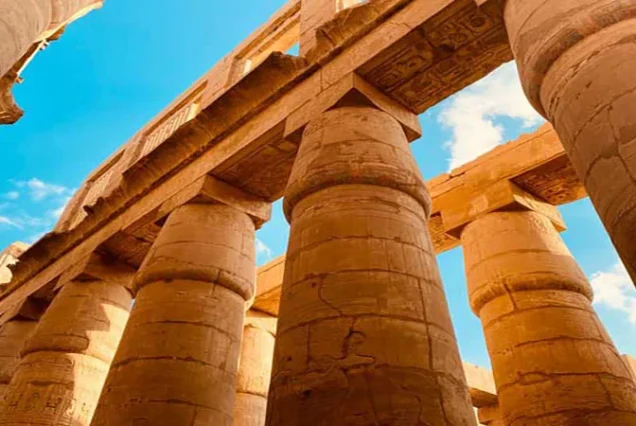
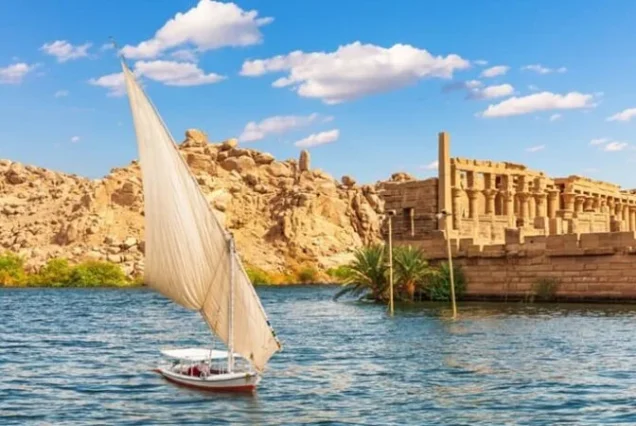

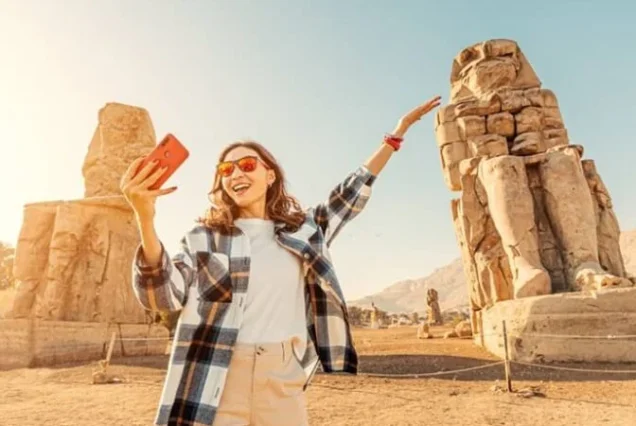

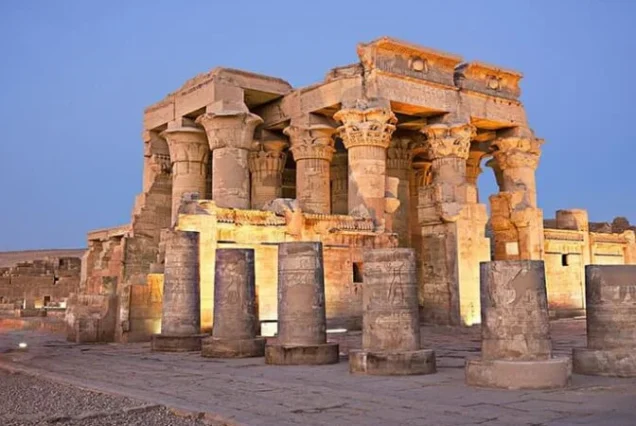

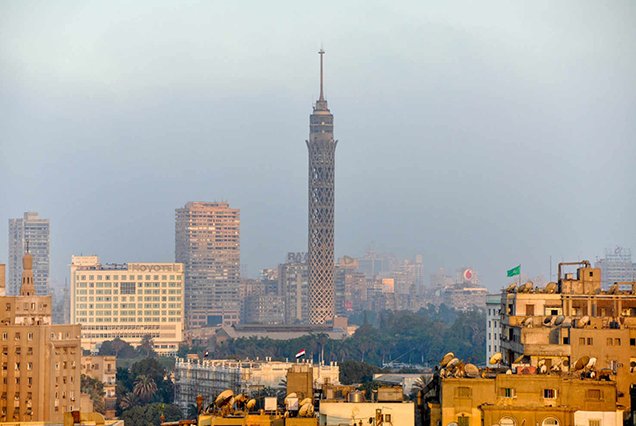


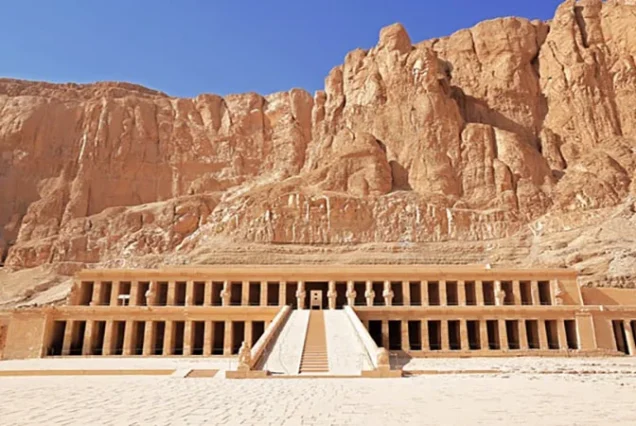
Reviews
There are no reviews yet.